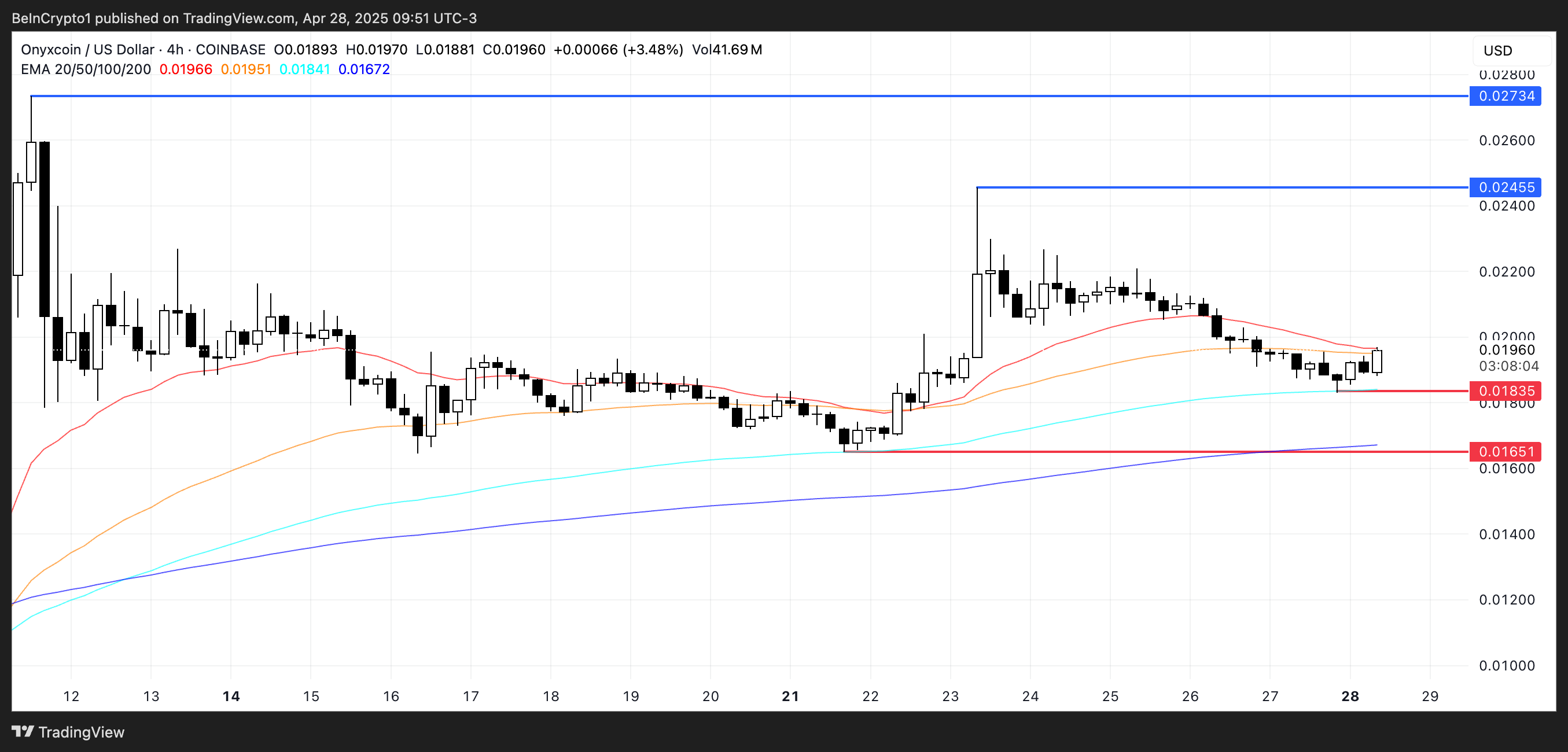
Following the failed bid of a proposal to change network tokenomics, Solana cofounder Anatoly Yakovenko has reiterated the need for decisive governance. Yakovenko argues that failing fast will do more for Solana than a slew of proposal approvals.
Solana Governance Has To Prioritize Speed And Incisiveness
Solana co-founder Anatoly Yakovenko has moved on from the community’s rejection of the Solana Improvement Document (SIMD)-0228. Yakovenko noted that despite the failed proposal, the speed of governance proceedings for Solana left an impressive mark.
The SIMD-0228 sought to change Solana’s tokenomics by introducing a dynamic inflation model, moving away from the network’s fixed inflation schedule. While the proposal split the network over centralization fears and disadvantages to smaller validators, Yakovenko highlighted the silver lining in its rejection.
Learning from the proposal, the Solana cofounder disclosed that the network’s governance must be “fast and decisive.” For Yakovenko, the quick resolution of the proposal frees up resources for the network to explore a better approach.
“How fast the ecosystem iterates is a thousand times more important than making sure that every proposal passes,” said Yakovenko.
Over 74% of validators participated in the vote with Yakovenko declaring support for the proposal. Big ecosystem players including VanEck supported the proposal amid speculation that Solana price will spike following the approval.
Bulls Eye Upward Movement For SOL Price
Despite the rejection of the proposal, bulls are still clinging to hope that SOL can go on a parabolic rally. The network has faced significant downward pressure in recent weeks, complicated by Alameda’s SOL unstaking. A steep drop in Solana DEX volume darkens the cloud for the future of the asset’s price.
However, analysts are keeping their eyes on the potential repeat of a 2021 pattern that can send SOL price to $4,000. There is speculation that Solana is on course to surpass Ethereum’s market capitalization.
Optimist are hinging their prediction on on-chain metrics and the soaring number of projects building on the network. In the short term, traders have their eyes on SOL to $200 before the end of March despite a looming death cross.
The post Solana Cofounder Advocates For Decisive Governance As SIMD-228 Proposal Fails appeared first on CoinGape.



 BlockRock is now officially backed by both Aqua1 Foundation and World Liberty Financial — pioneering the next standard for TradFi × Web3 integration.
BlockRock is now officially backed by both Aqua1 Foundation and World Liberty Financial — pioneering the next standard for TradFi × Web3 integration. 






